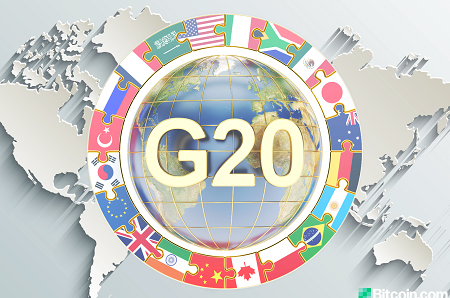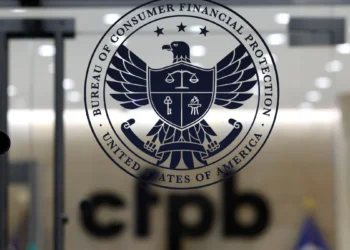Last updated on November 17th, 2022 at 12:40 pm
On 7 October 2021, the G20-mandated regulatory standard-setter, the Financial Stability Board (FSB) published a document titled: “Regulation, Supervision, and Oversight of “Global Stablecoin” Arrangements – Progress Report on the implementation of the FSB High-Level Recommendations” (Progress Report).
The Progress Report was in respect of the relates to the FSB’s 2020 High-Level Recommendations, published in October 2020. It provides a status update on the regulatory implementation of the FSB’s 2020 High-Level Recommendations. It also discusses the key market and regulatory developments since FSB’s 2020 High-Level Recommendations and identifies potential areas for future international regulatory development.
FSB assumes that increased volumes in retail usage of stablecoins in the future will lead to financial stability risks. But, for now, at least, it believes the risk is minimal. The FSB states:
“The current generation so-called stablecoins are not being used for mainstream payments on a significant scale”.
However, the FSB sounded a note of caution:
“Increased participation by retail investors could give rise to broader financial stability issues through an erosion of trust in the financial system”.
Basically, regulators will enforce strict regulation on stablecoins with international reach (which the FSB terms ‘Global Stablecoins’ or GSC) in the event that retail volumes increase dramatically.
The FSB’s Progress Report also notes that:
- Regulatory Implementation of the FSB’s High-Level Recommendations is still at an early stage.
- There is emerging divergence in jurisdictional approaches to stablecoins i.e. whilst some jurisdictions are seeking the creation of entirely new regimes specifically for stablecoins or cryptocurrencies in general, others are trying to retrofit existing rules to make them applicable to stablecoins.
- Differing regulatory classifications and approaches to stablecoins in different jurisdictions may lead to “regulatory arbitrage and harmful market fragmentation”.
- Where stablecoins perform the same “economic function” as existing regulated activities, regulatory authorities should rely on existing standards and principles that are designed for those regulated activities.
Finally, the FSB has identified areas for future international regulatory work in the stablecoin area.
Please refer to the DeFi Planet article “FSB publishes Progress Report on its High-Level Recommendations on Stablecoins” for a more in-depth analysis of the FSB’s Progress Report.
If you would like to read more articles like this, follow DeFi Planet on Twitter and LinkedIn.





















